In this week’s article, we’re taking a look at Europe’s top five (actually six, but who’s counting?) smallest towns and learning why a short break in a mini-destination equals maximum fun!
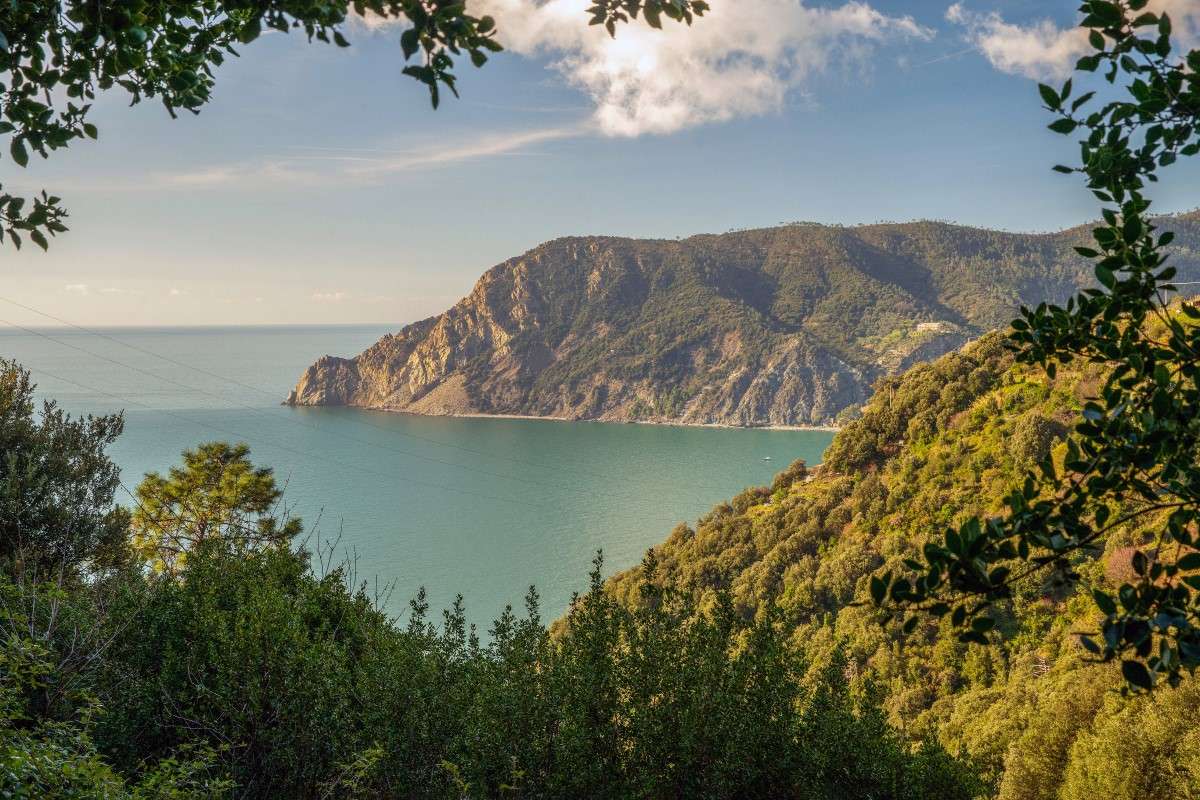
Corniglia and Manarola, Cinque Terre, Italy
Cinque Terre is a charming destination located nearby the Ligurian La Spezia in northwest Italy. Famous for its breathtaking views, sheer cliffs and series of quaint villages suspended above the beautiful Ligurian Sea, it is one of Italy’s best-known tourist regions. Cinque Terre is literally translated as “Five Lands”, due to its network of picturesque towns — Monterosso al Mare, Vernazza, Corniglia, Manarola and Riomaggiore.

Dedicated museum buffs may wish to skip Cinque Terre, as its charm lies firmly in its fantastic coastal views and, due to its isolation, its unique atmosphere and character, retained over many generations. Cinque Terre actually boasts two of Europe’s smallest towns — Manarola, which is inhabited by just over 350 residents and Corniglia, which is home to just 200 residents. Both towns are captivatingly picturesque, with Manarola’s village houses sloping towards the azure sea below, while Corniglia perches like an impenetrable fortress atop a high rock, flanked by steep stone stairs.

Reaching Cinque Terre isn’t straightforward — it’s not accessible by car and the coastal tourist train are often overcrowded and delayed — those that make the effort are rewarded with spectacular views and charming heritage, making this a destination that’s worth the journey.
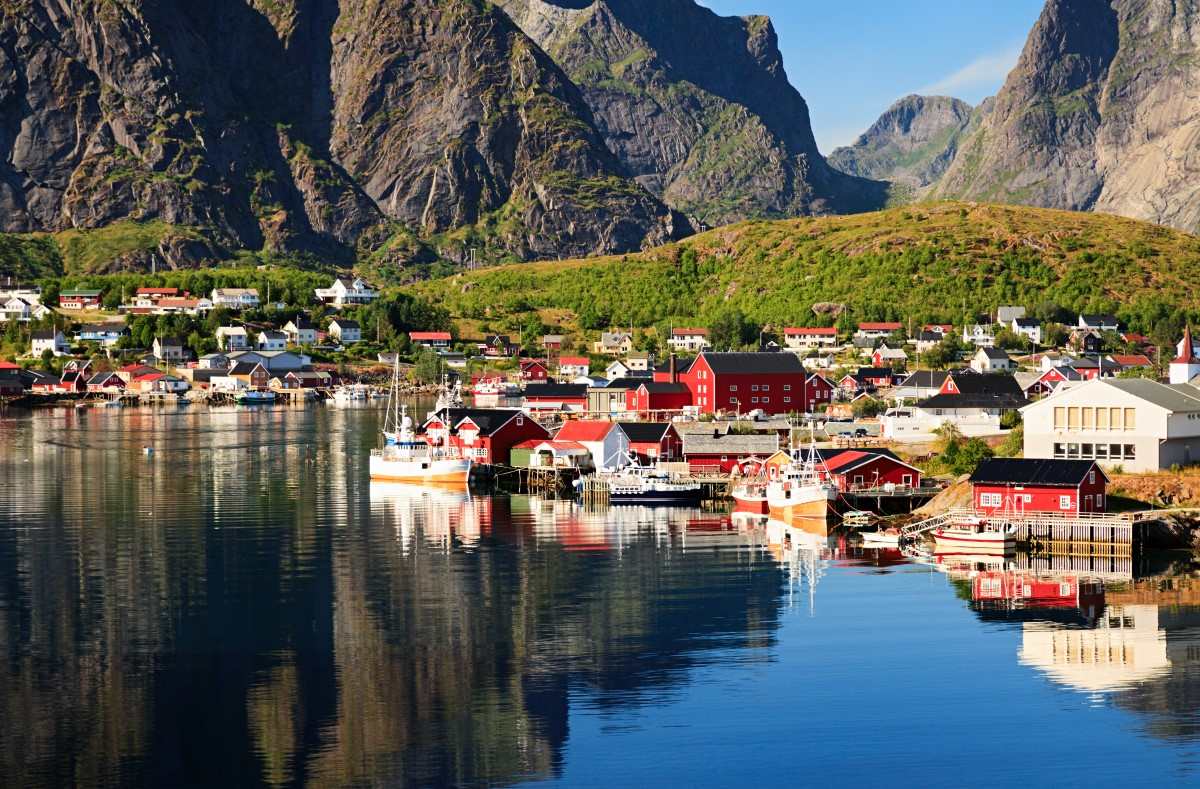
Reine, Lofoten Islands, Norway
From sunny Liguria, we move to the Arctic Circle. According to the 2018 census, the town of Reine — at the foot of Mount Reinebringen, on the Lofoten archipelago’s Moskenesøya Island — is home to just 314 people. The Nordland region of Norway is the ideal destination for those who love wild, rugged nature and unconventional views. Here, you’ll find jagged rock formations jutting from the sea, surrounded by scenic mountain ranges which, although not high, offer incredible panoramas from their peaks.
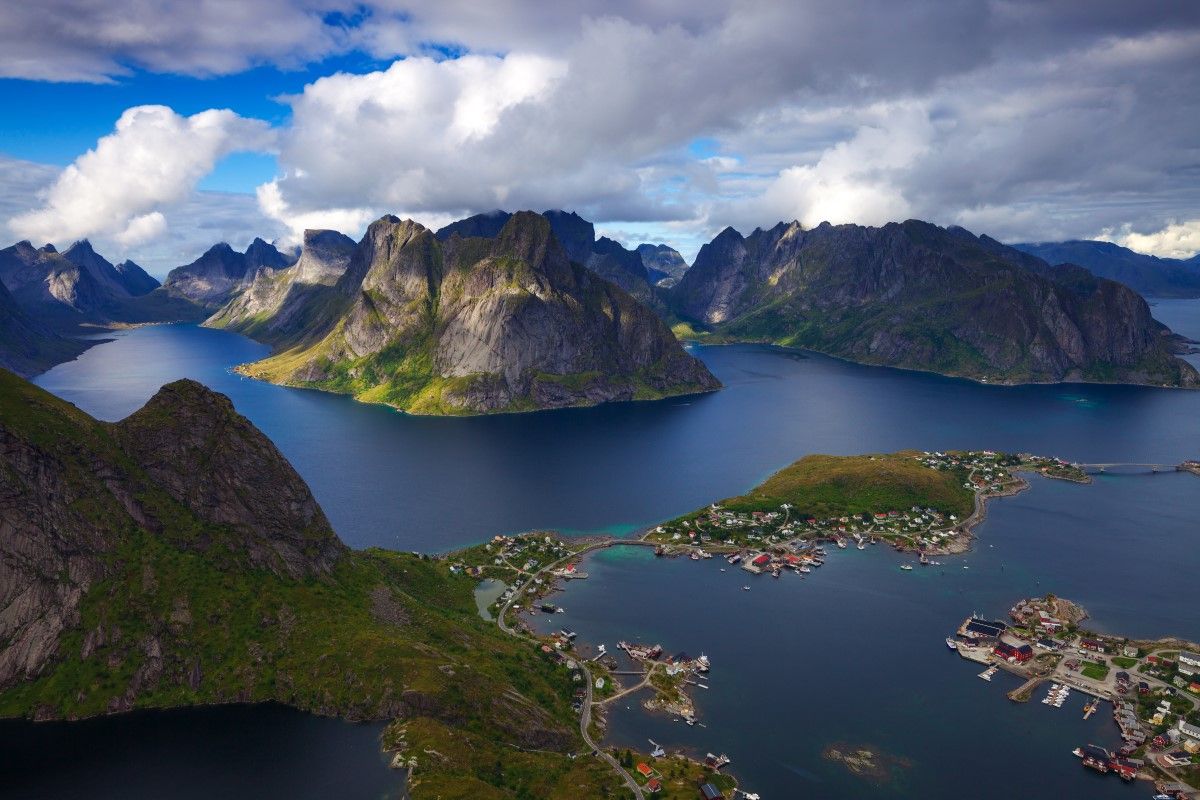
Reinebringen was until recently rather a dangerous path to hike. However, recent upgrades to the pathway include a safer, if more tiring, option to ascend the peak. A 90-minute hike up the path’s 1,600 stone steps will bring you to the top of Reinebringen, where you’re rewarded with magnificent views across the archipelago.
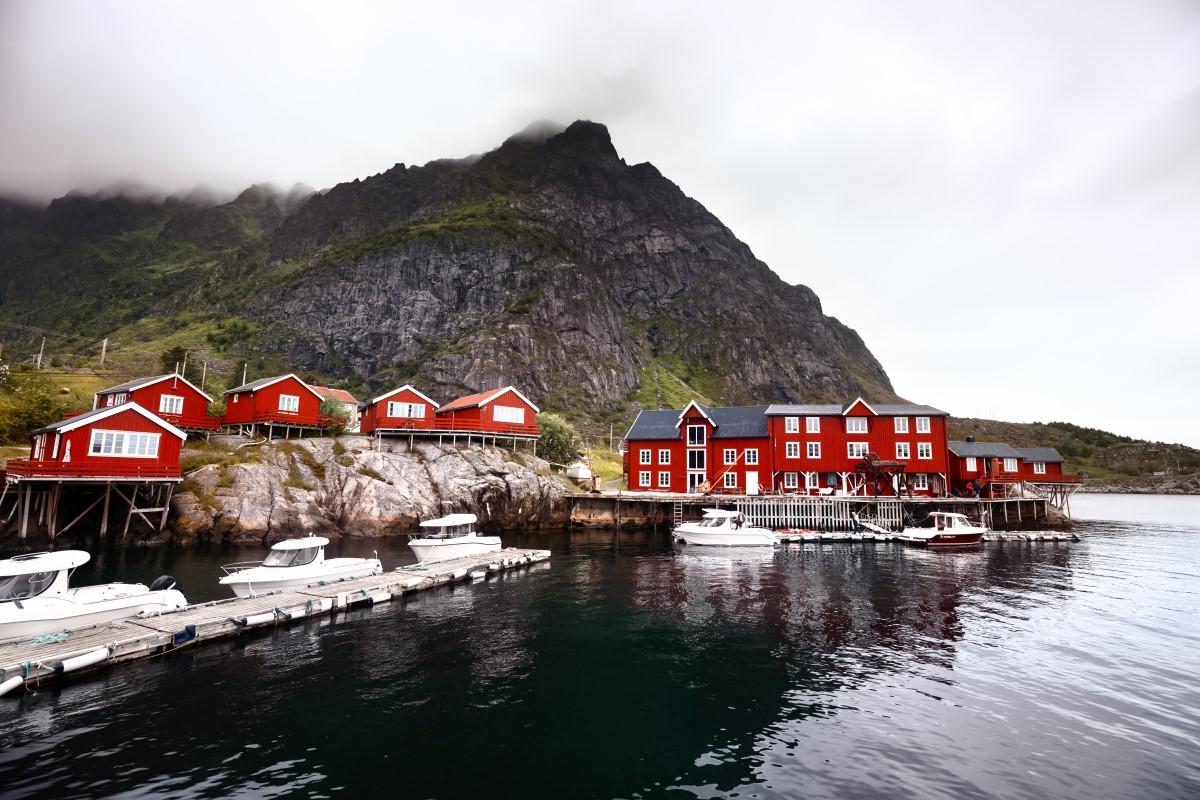
But there’s more to Lofoten than climbing. As befits a region of islands, the area has a rich fishing tradition and offers a range of water sports options, including sea kayaking in Moskenesøya. You may also wish to visit the nearby town of Å (pronounced “O”), Lofoten’s westernmost settlement and a thriving fishing hub with a museum dedicated to the Stockfish. Visitors to the area can also join whale-watching cruises — an awe-inspiring sight in the Norwegian Sea. Although small, Reine is a delightful fishing town with bags of character. This part of Norway has undergone major transformations in recent decades and is now a major tourist centre, however Reine has maintained its authenticity and atmosphere.

Saint-Cirq-Lapopie, Occitania, France
Next on the list is Saint-Cirq-Lapopie. With just 198 inhabitants, it is located in the south-west France department of Lot. Despite its inland location, there’s more than a few similarities with Cinque Terre due to its striking location on a steep cliff overlooking the River Lot. In mediaeval times this provided the inhabitants of Saint-Cirq-Lapopie with security; today, it guarantees significant tourist traffic, which has only increased since it was voted France’s favourite town back in 2012.
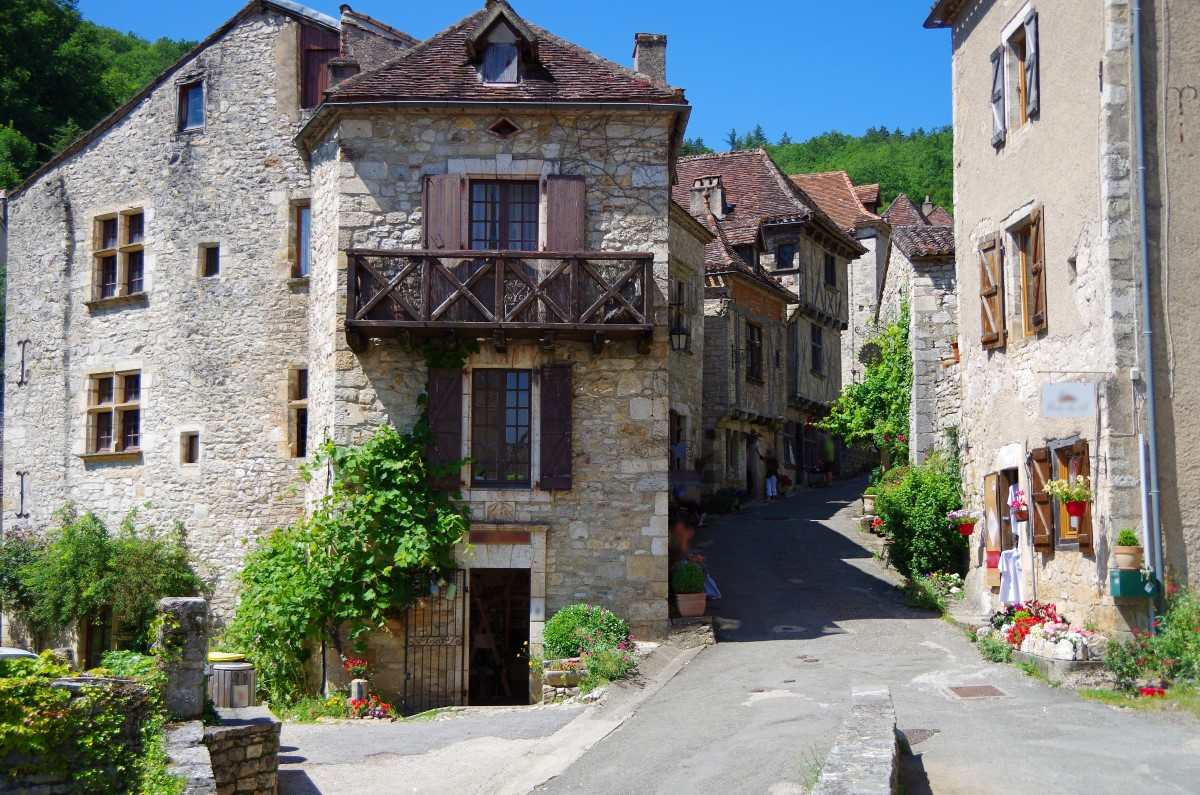
But Saint-Cirq-Lapopie offers far more than just picture-postcard vistas, a dizzying, hundred-metre cliff and lush greenery. The town is also a living museum, where you can see centuries-old buildings still inhabited by its residents. As you walk through the narrow streets, you’ll experience the same wonder that famous painter Henri Martin and poet Andre Breton — who lived at Martin’s former home in the 1950s — would have felt.
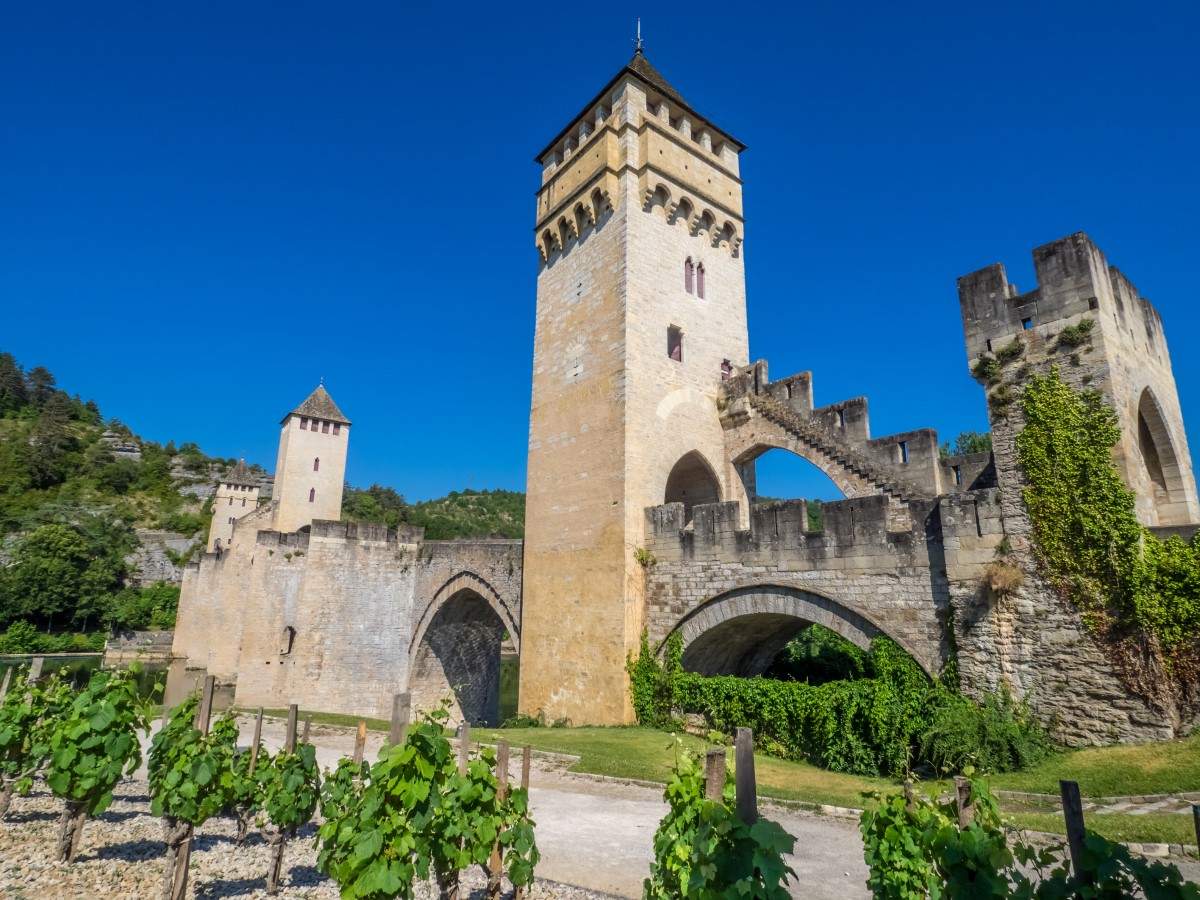
The area surrounding Saint-Cirq-Lapopie also has a lot to offer. Crossed by the Lot River, the Causses du Quercy regional park offers access to the striking limestone plateaus of the Central Massif. Meanwhile, wine lovers should head to nearby Cahors, the regional capital. In addition to the town’s historic centre, beautifully situated on a river peninsula and bisected by the ancient stone Valentré bridge, you can also admire the surrounding vineyards… and naturally, sample some of the local Cahors wine too.
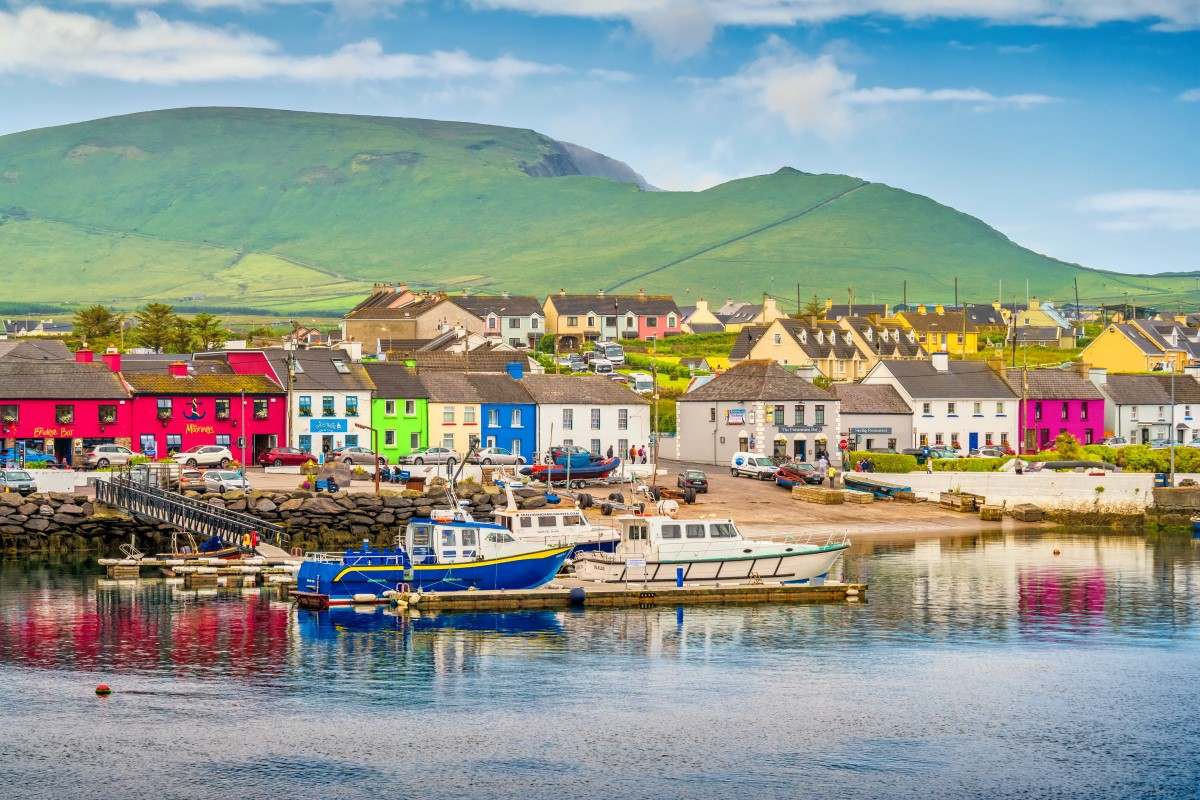
Portmagee, Kerry, Ireland
Heading to the picturesque Iveragh peninsula, at the very west of the Emerald Isle, Portmagee is home to 120 hardy souls. Located near the island of Valentia, this proud fishing town has a character all of its own. Portmagee’s original Irish name, An Caladh, means ferry, which makes perfect sense when you consider its location right on the Atlantic Ocean. The more commonly-used English name is derived from 18th-century Captain Theobald Magee, who, after leaving the Royal fleet, developed a significant smuggling business, avoiding justice for many years in his remote west-coast hideout.

Today, Portmagee has cleaned up its act and now focuses on fishing and tourism. During your visit, take a walk along the shore to see the boats returning from sea — bringing the catch of the day or visitors returning from the nearby Skellig Islands. The larger of the islands, Skellig Michael, is not only a haven for seabirds, but also a real treat for historians… and Star Wars fans! The former will enjoy a visit to the ruins of the 6th Century St. Fionan’s Monastery, while keen-eyed film enthusiasts will recognise the rugged landscape as the place of Luke Skywalker’s return in ‘The Force Awakens’.

Portmagee is also ideal for hikers due to The Ring of Kerry — a 180 kilometre-long trail that runs along the Iveragh Peninsula. This epic walk encapsulates the true spirit of Western Ireland, its green fields and rolling hills, steep cliffs, charming fishing towns and islets hugging the stunning Atlantic coast.
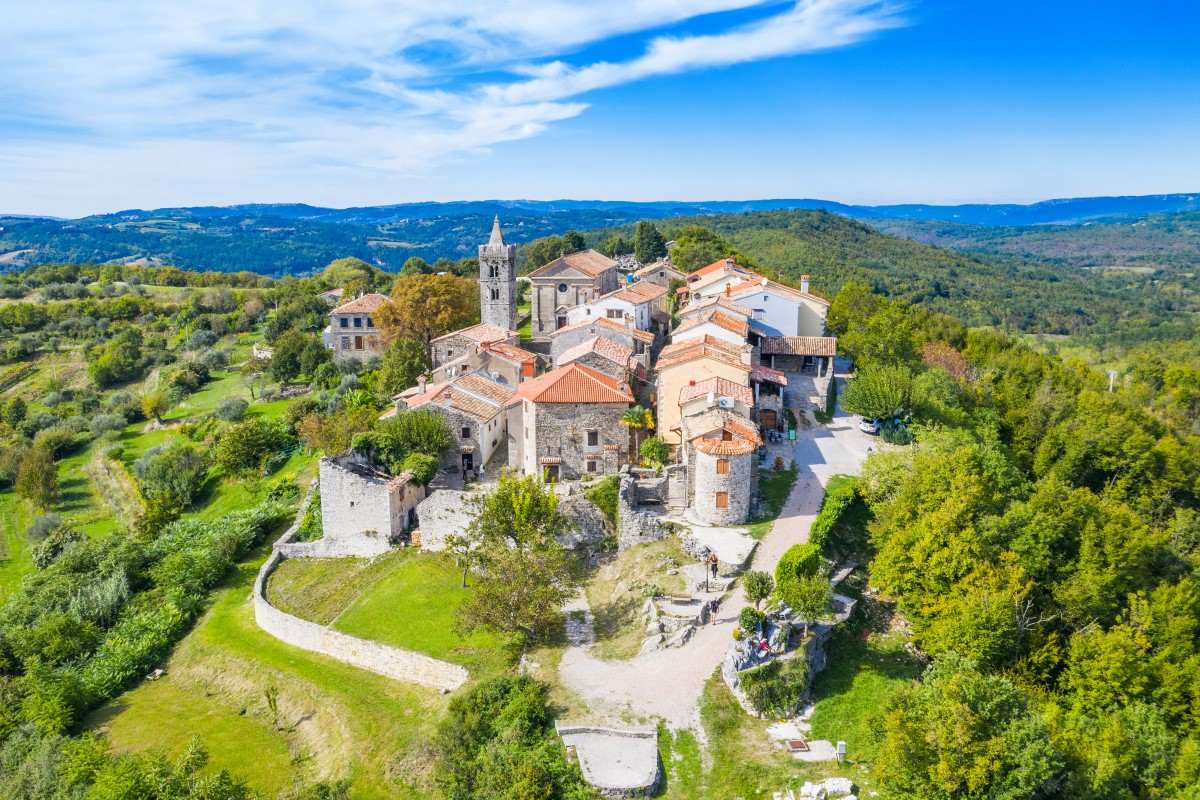
Hum, Istria, Croatia
What is the smallest town — not only in Europe, but the entire World? The charming historic town of Hum is located on the Croatian peninsula of Istria and is home to fewer than 30 people, with some sources claiming that as few as 14 residents call this tiny town their permanent home. Regardless of the actual figure, Hum is the undisputed record holder, verified by no less than the Guinness Book of World Records!
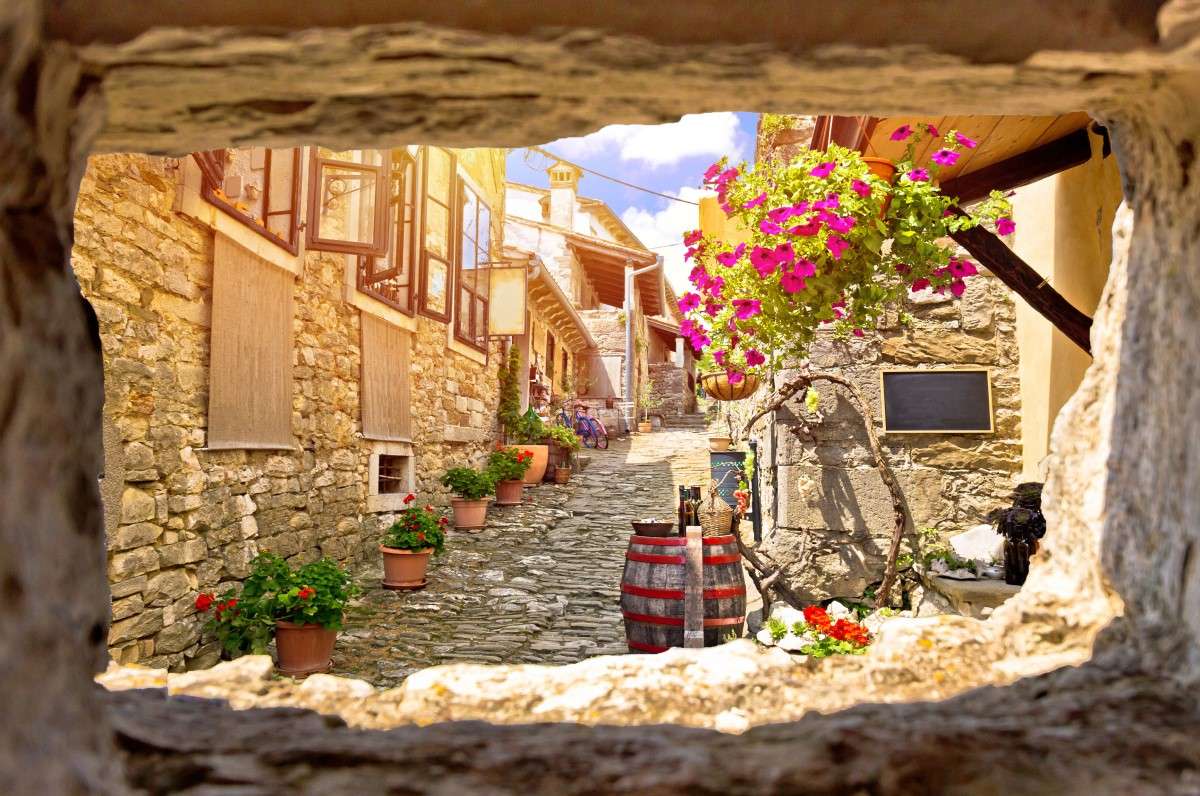
Aside from its size, what makes Hum such an interesting place? Originally known as Cholm, the town was first recorded at the beginning of the 12th century and the local church features plaques written in the early Slavic alphabet, Glagolitic. These are some of the oldest written examples of the language and are therefore of significant cultural significance.
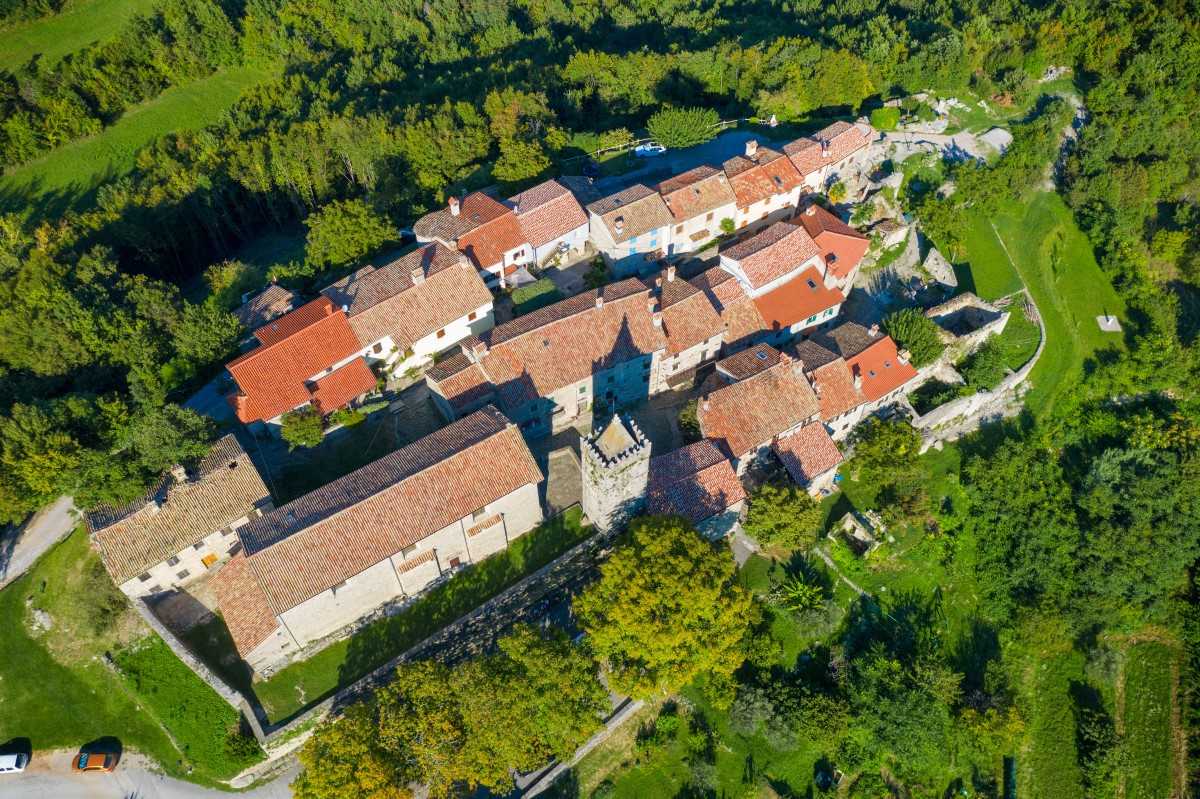
Hum is not only a linguistic rarity, it’s also an amazing-looking town of interconnected stone houses atop a hill, giving the impression of a small but extremely well-fortified fortress. The town’s oldest preserved monument is its 16th-century bell tower with the remaining buildings typically dating back to the 19th century. For an unforgettable and record-breaking visit, look no further than Hum.




